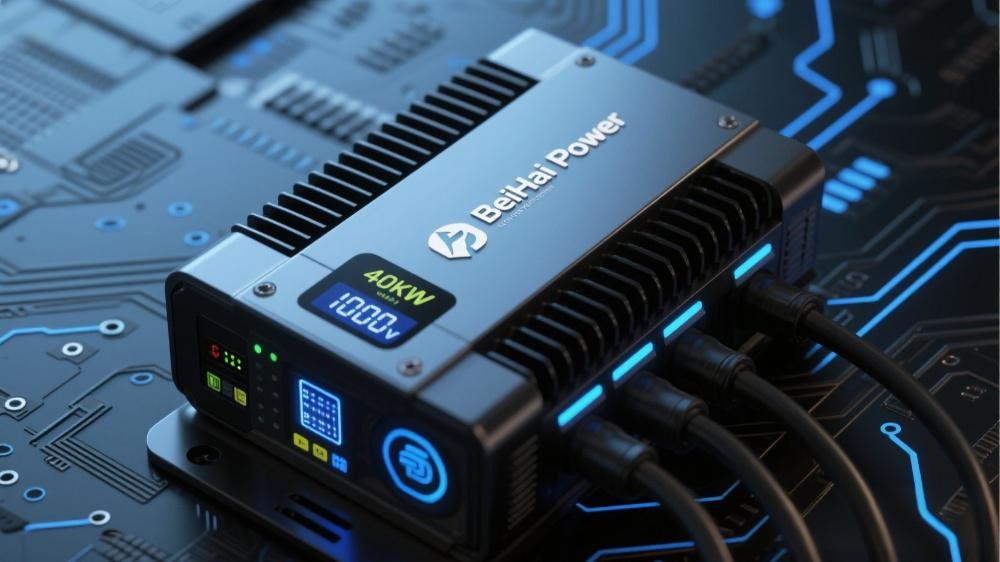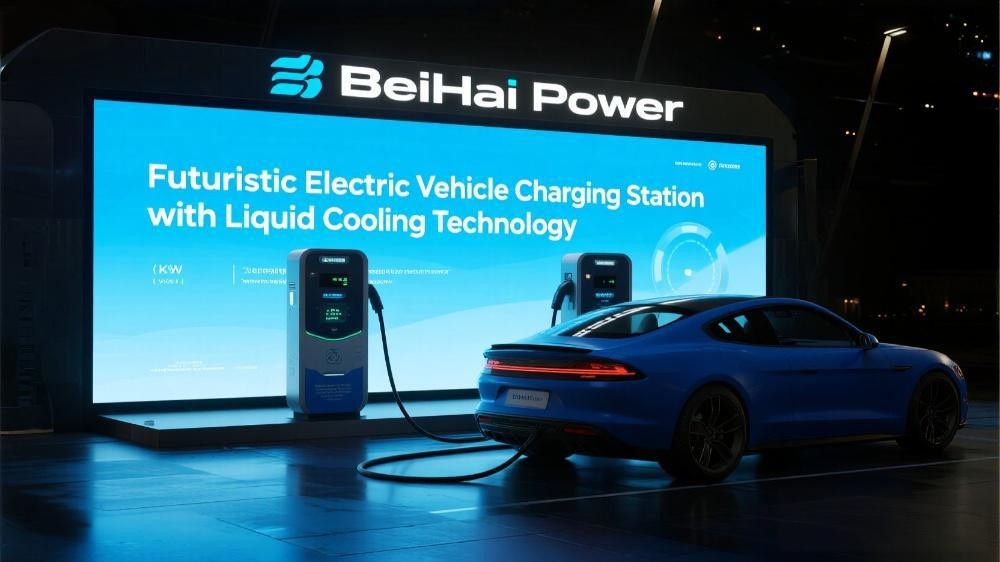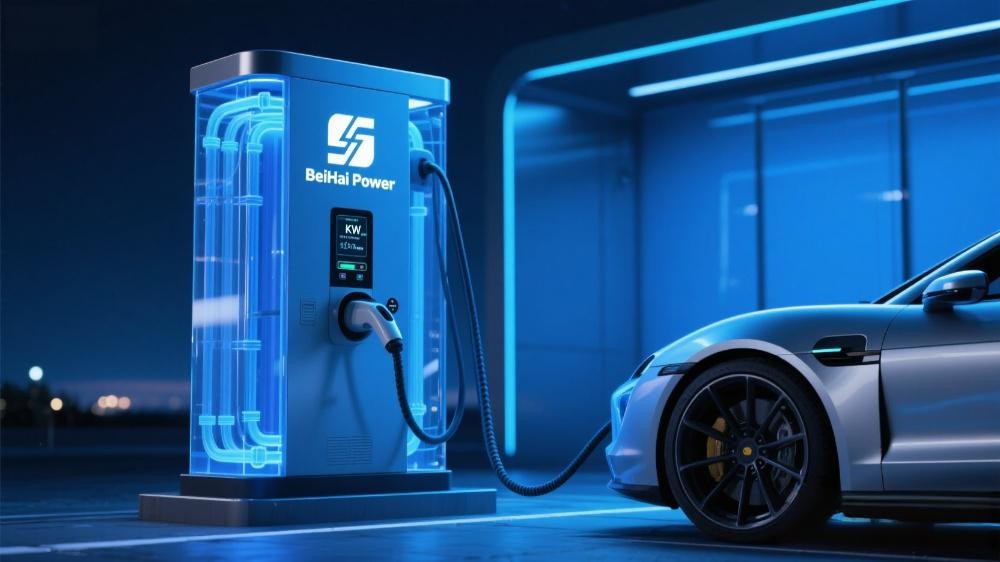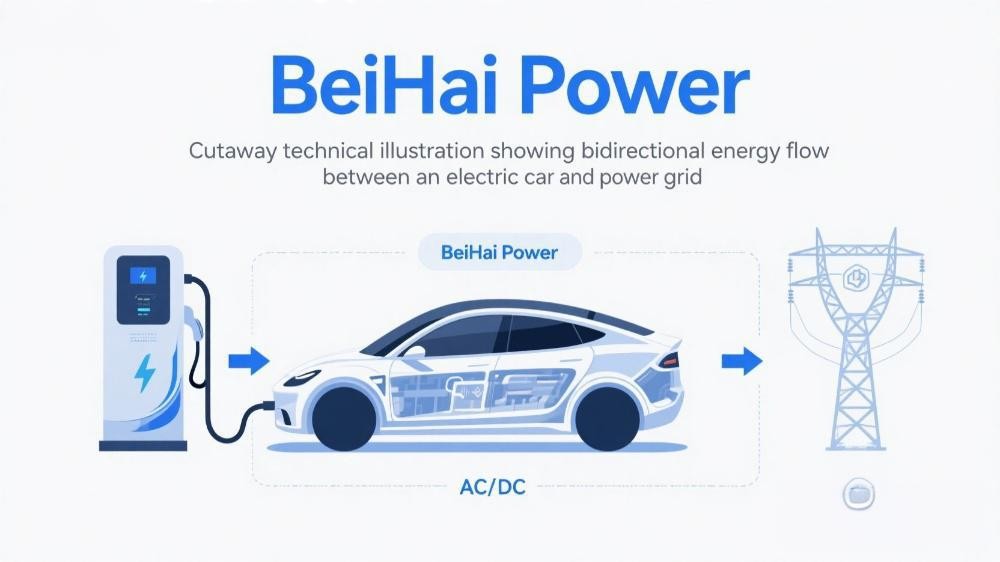Technology trends
(1) The increase of power and voltage
The single-module power of charging modules has been rising in recent years, and low-power modules of 10kW and 15kW were common in the early market, but with the growing demand for charging speed of new energy vehicles, these low-power modules are gradually unable to meet the market demand. Nowadays, 20kW, 30kW, 40kW charging modules have become the mainstream of the market, like in some large fast charging stations, 40kW modules with their high power, high efficiency characteristics, can quickly replenish the power of electric vehicles, greatly shortening the user’s charging waiting time. In the future, with further breakthroughs in technology, 60kW, 80kW and even 100kW high-power modules will gradually enter the market and achieve popularization, at that time, the charging speed of new energy vehicles will be qualitatively improved, and the charging efficiency will be greatly improved, which can better meet the needs of users for fast charging.
The electric car Charging Station output voltage range has also continued to expand, from 500V to 750V and now to 1000V. This change is significant, as different types of electric vehicles and energy storage systems have different requirements for charging voltages, and a wider range of output voltages allows charging modules to be adapted to a wider variety of devices to achieve diversified charging needs. For example, some high-end electric vehicles use 800V high-voltage platforms, and charging modules with an output voltage range of 1000V can be better matched to achieve efficient charging, promote the development of the new energy vehicle industry to a higher voltage platform, and improve the technical level and user experience of the entire industry.
(2) Innovation in heat dissipation technology
The traditional air-cooled heat dissipation technology was widely used in the early stage of the development of the charging module, which mainly rotated by the fan to make the air flow take away the heat generated by the charging module. The air-cooled heat dissipation technology is mature, the cost is relatively low, and the structure is relatively simple, which can play a better role in heat dissipation in the early charging modules with low power. However, with the continuous improvement of the power density of the charging module, the heat generated per unit time increases significantly, and the disadvantages of air cooling and heat dissipation gradually appear. The heat dissipation efficiency of air cooling is relatively low, and it is difficult to quickly and effectively dissipate a large amount of heat, resulting in an increase in the temperature of the ev charging pile charging module, affecting its performance and stability. Moreover, the operation of the fan will produce a large noise, and when used in densely populated places, it will cause noise pollution to the surrounding environment.
In order to solve these problems, liquid cooling technology came into being and gradually emerged. Liquid cooling technology uses a liquid as a cooling medium to remove the heat generated by the charging module through the circulating flow of the liquid. Liquid cooling offers a number of advantages over air cooling. The specific heat capacity of liquid is much larger than that of air, which can absorb more heat and has higher heat dissipation efficiency, which can effectively reduce the temperature of the charging module and improve its performance and reliability. The liquid cooling system operates with less noise and can provide users with a quieter charging environment; With the development of supercharging technology, high-power charging modules dc fast charging sttaions have extremely high requirements for heat dissipation, and the fully enclosed design of liquid cooling technology can achieve high protection levels (such as IP67 or above) to meet the needs of supercharging modules in complex environments. At present, although the cost of liquid cooling technology is relatively high, its application is gradually increasing, and in the future, with the maturity of the technology and the emergence of scale effect, the cost is expected to be further reduced, so as to achieve wider popularization and become the mainstream technology of heat dissipation of charging modules.
(3) Intelligent and two-way conversion technology
In the context of the vigorous development of Internet of Things technology, the intelligent process of ev charger station is also accelerating. By combining the Internet of Things technology, the charging module has a remote monitoring function, and the operator can understand the working status of the charging module in real time, such as voltage, current, power, temperature and other parameters through mobile phone APP, computer client and other terminal equipment anytime and anywhere. At the same time, the intelligent charging module can also carry out data analysis, collect users’ charging habits, charging time, charging frequency and other data, through big data analysis, operators can optimize the layout and operation strategy of charging piles, reasonably arrange equipment maintenance plans, reduce operating costs, improve service quality, and provide users with more accurate and intimate services.
Bidirectional conversion charging technology is a new type of charging technology, the principle of which is through the bidirectional converter, so that the charging module can not only convert alternating current to direct current to charge electric vehicles, but also convert direct current in the electric vehicle battery into alternating current when needed to feed back into the power grid, so as to realize the two-way flow of electric energy. This technology has broad application prospects in application scenarios such as vehicle-to-grid (V2G) and vehicle-to-home (V2H). In the V2G mode, when the grid is in a trough period, electric vehicles can use low-cost electricity for charging; During the peak period of electricity consumption, electric vehicles can reverse the stored electric energy to the power grid, alleviate the power supply pressure of the power grid, play the role of peak shaving and valley filling, and improve the stability and energy efficiency of the power grid. In the V2H scenario, electric vehicles can be used as a backup power source for the home, providing power to the family in the event of a power outage, ensuring the basic electricity needs of the family and improving the reliability and stability of the family’s energy supply. The development of bidirectional conversion charging technology not only brings new value and experience to electric vehicle users, but also provides new ideas and solutions for the sustainable development of the energy field.
Challenges and opportunities for the industry
Yes, you’re right. It ends here. It ends here. It’s just so sudden.
Wait ! Wait ! Wait, don’t cross it out. Actually, we left the contents of the charging pile module for you in the next issue.
Post time: Jul-14-2025








